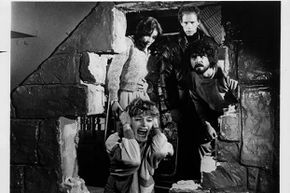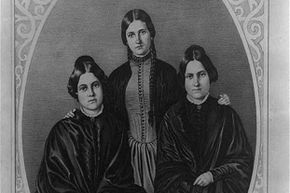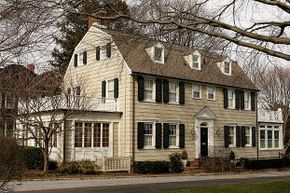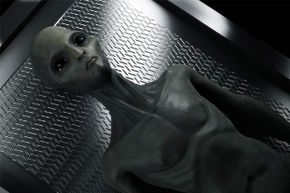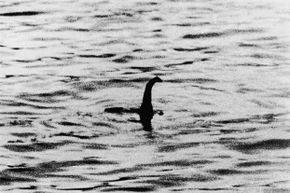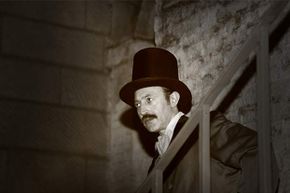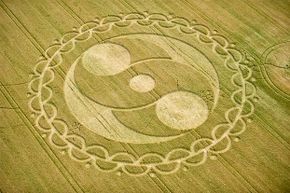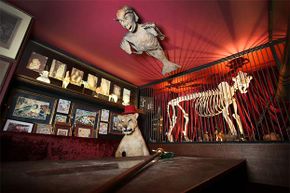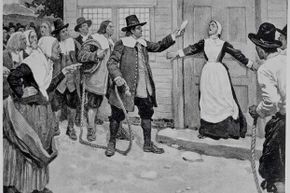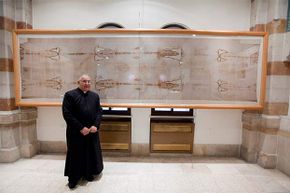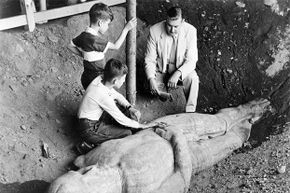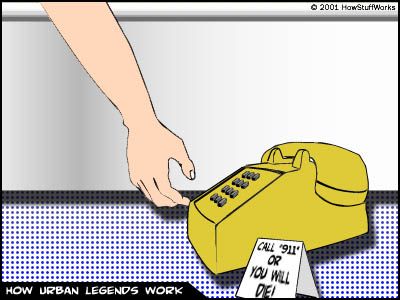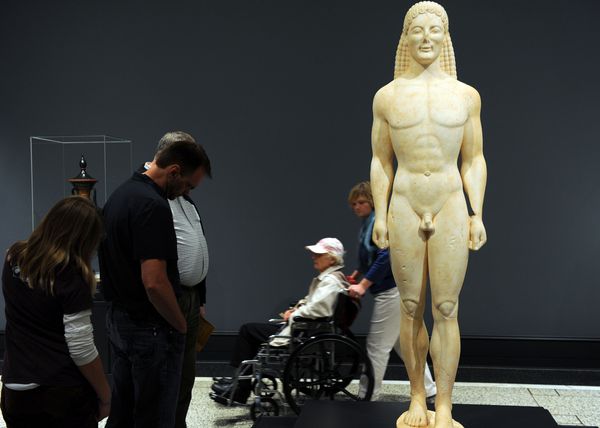In the immortal words of Homer Simpson, "Marge, it takes two to lie; one to lie and one to listen."
Some of the greatest hoaxes in the history of the world started out as one small lie. If no one had believed the lie, then it would have fizzled out. But great hoaxes require great numbers of gullible people willing to suspend disbelief in the face of the inexplicable.
Advertisement
If the following 10 hoaxes prove anything, it is to never underestimate a human being's capacity for self-deception. Particularly in times of great struggle and darkness, we desperately want to believe in something beyond the rational. There must be something out there that can make sense of the randomness of existence, be it witches, aliens, ghosts or dinosaur holdouts living in the depths of a Scottish lake.
Keep reading as we travel back through the centuries to debunk some of the most outrageous, contagious and enduring hoaxes ever inflicted on our collective common sense.
